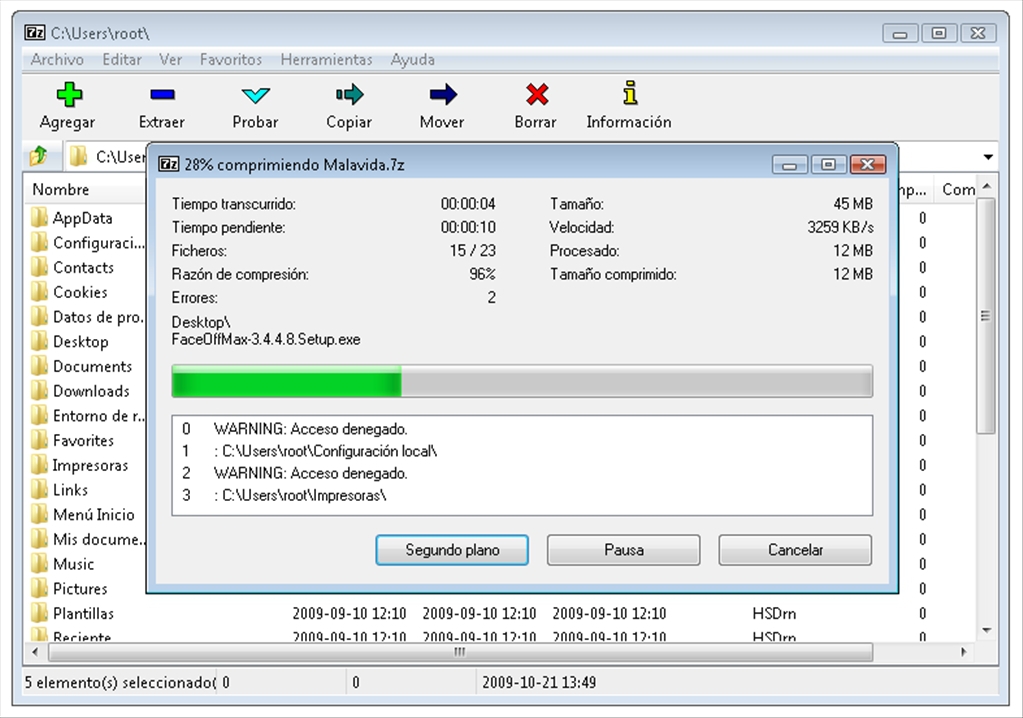

On the Manage Plugins page, you can see all plugins installed across all of your sites and for those. If you don't have the ~/.vimrc file, you can create it using the touch ~/.vimrc command. Click Manage Plugins at the top right of the plugin list. Next, create an entry for your plugin in the ~/.vimrc file. It is widely used in the Vim community, so it has great community support and is also well documented.įirst, install vim-plug using the command: curl -fLo ~ /.vim/autoload/plug.vim -create-dirs https: ///junegunn/vim-plug/master/plug.vim The advantage of plugin managers is that you are not involved in creating the folder structure manually, and it is easier to update packages automatically. search and replace in many files at the same time, using regular expressions. working with FTP-servers (including access through proxy). Without going into details, some of the capabilities can be noted: syntax highlighting in program source texts. Some of the most notable plugin managers include Vundle, VAM, vim-plug, pathogen, etc. Plugins present an almost limitless expansion of the features of Far. They are supported in all versions of Vim and there are several package managers that you can use to install plugins. Package managers have been the traditional way of installing plugins in Vim, prior to Vim version 8. Installing Vim Plugins With a Plugin Manager To uninstall a plugin, simply delete its corresponding plugin folder (in this case, nerd_tree).


 0 kommentar(er)
0 kommentar(er)
